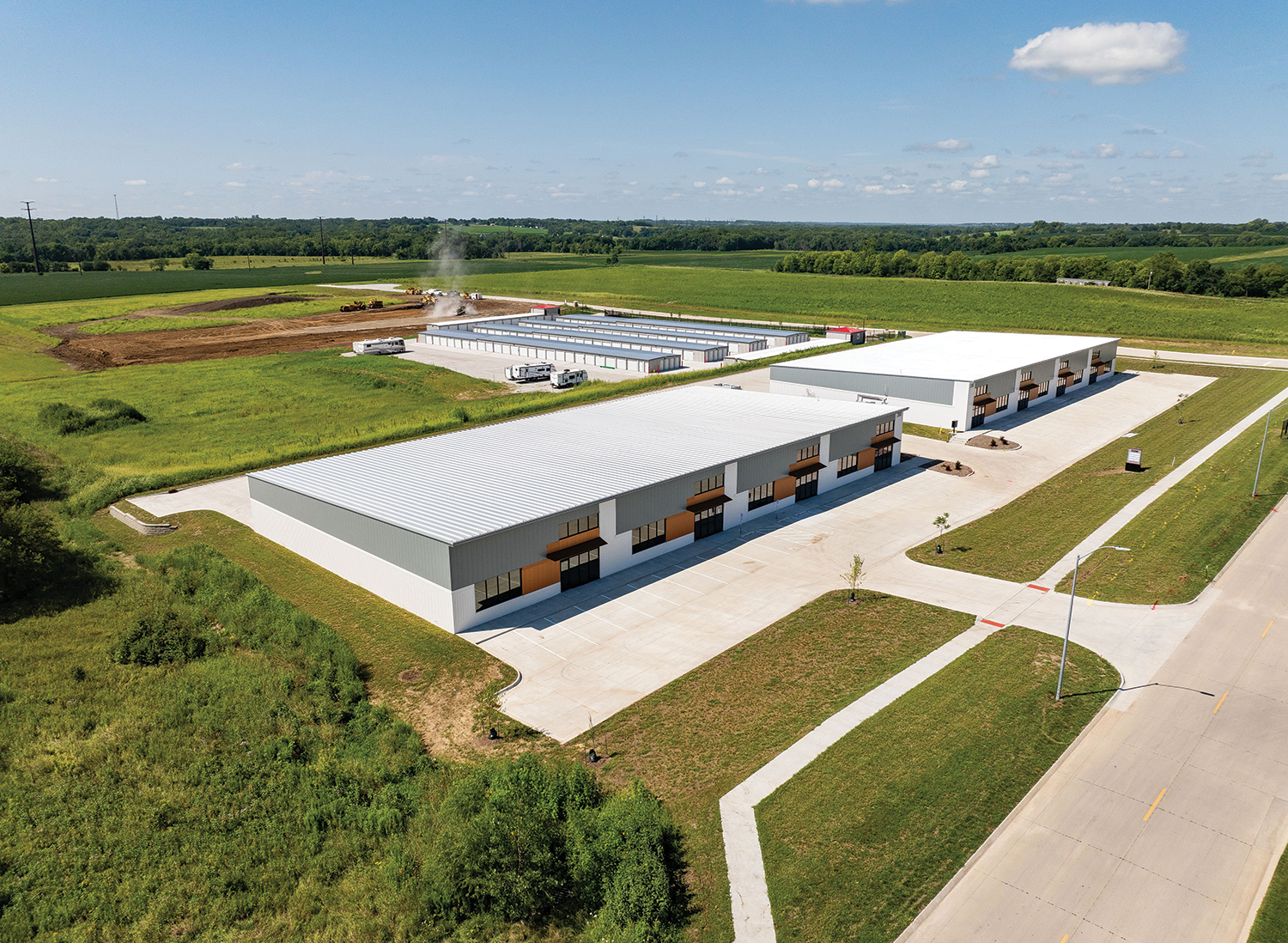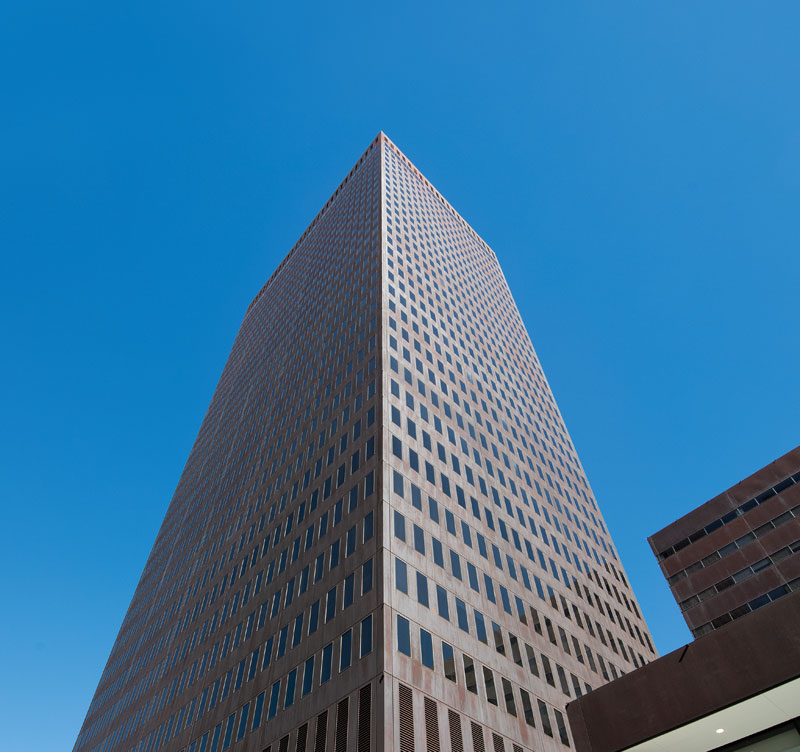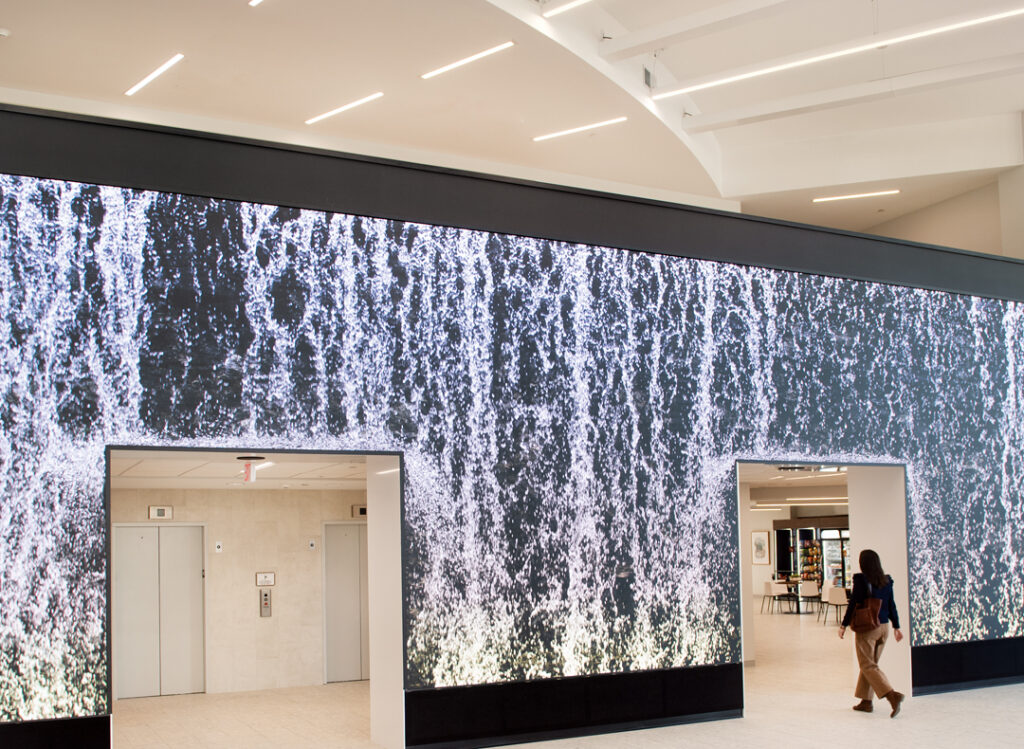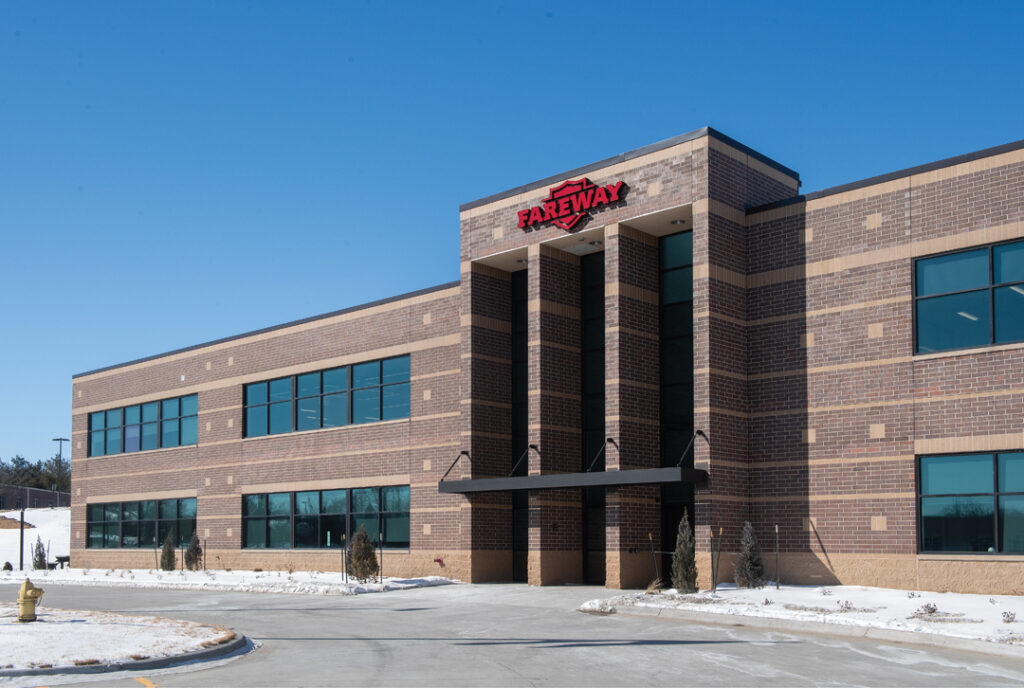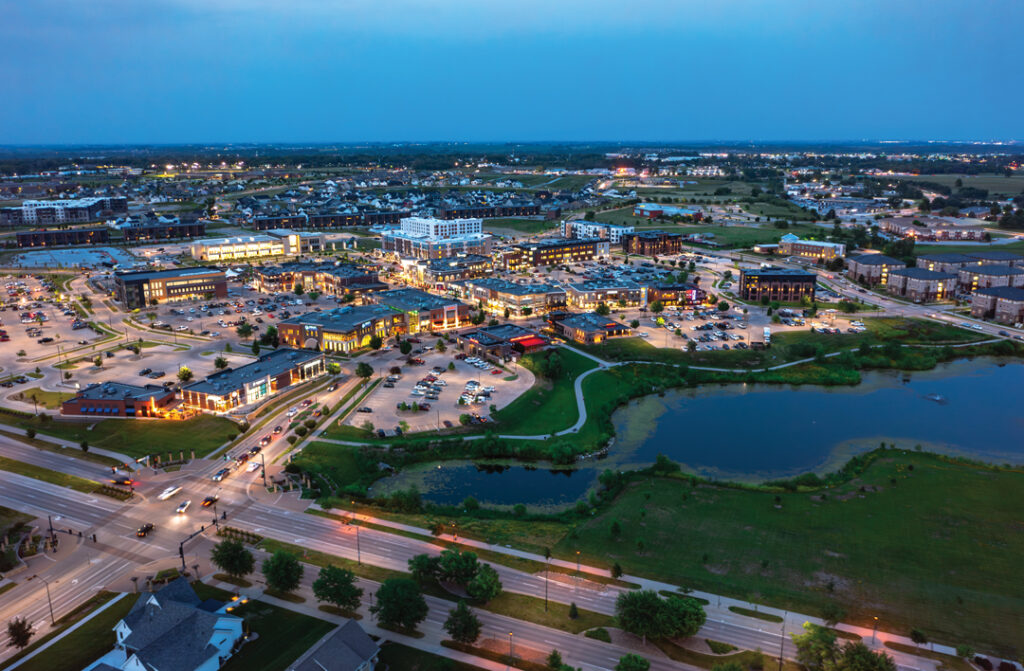Industrial growth: Norwalk looks to increase commercial valuations
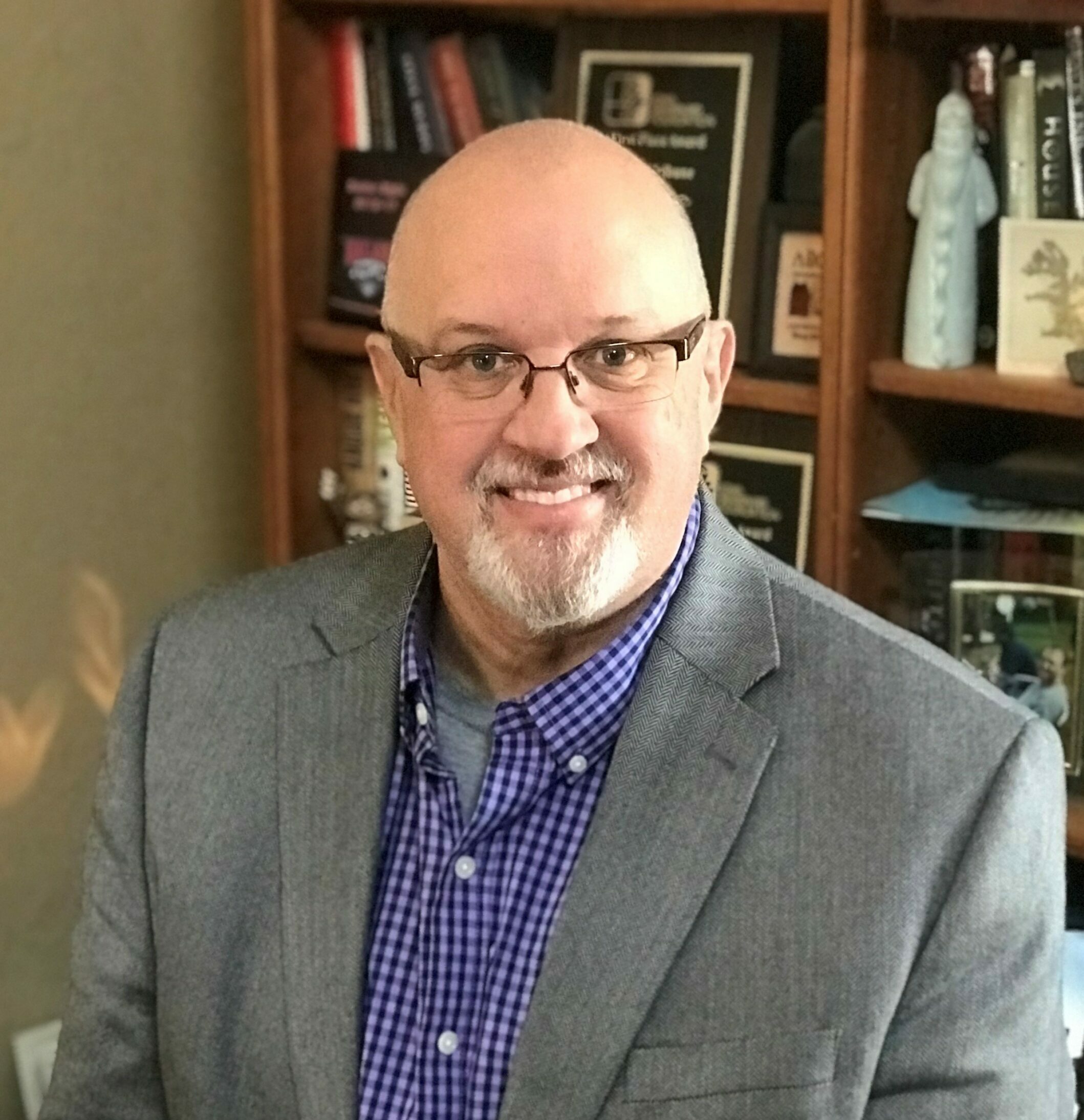
Michael Crumb Apr 24, 2025 | 6:00 am
3 min read time
697 wordsBusiness Record Insider, Real Estate and DevelopmentThe city of Norwalk is eyeing its commercial and industrial development as it works to close the gap with its residential valuations.
Hollie Zajicek, Norwalk’s economic development director, said the Dunn Industrial Park is the latest example of the city’s efforts to increase its commercial and industrial property tax.
“As all the suburban cities that are connected to the metro, they were really heavy on residential, that’s how they started out, residential communities with good schools. So they were far ahead in terms of valuation on the residential tax base side,” she said.
The city’s commercial and industrial tax base is about 15% of its total valuation, and Norwalk would like to increase that to about 30%, Zajicek said.
She said the city would need a large data center project or five large manufacturing facilities to build in the city to reach that goal, and continue residential growth at the same pace.
“What I’m trying to do is help people understand we want to increase the total dollars in valuation and increase our industrial and commercial tax base itself and not so much worry about that split,” Zajicek said.
She also spoke about the importance of continuing residential growth because that growth attracts commercial growth, and because of the differences in how residential and commercial properties are taxed.
“Residential really doesn’t pay the bills,” Zajicek said. “They’re only taxed at 50% of the value, whereas commercial and industrial are taxed at 90% of the value, so it’s a huge difference.”
Zajicek said the city has been strategic in how it creates opportunities for development by working with developers and landowners, and building those relationships. It also has been careful in the incentives it awards for development, she said.
“We don’t give away the farm, we’ve never done that,” she said. “We’re really careful about that for our taxpayers.”
The Dunn Industrial Park is about 40 acres. On the east 20 acres are two 20,000-square-foot buildings that have filled up quickly. The western area remains available for larger or medium-sized users, Zajicek said.
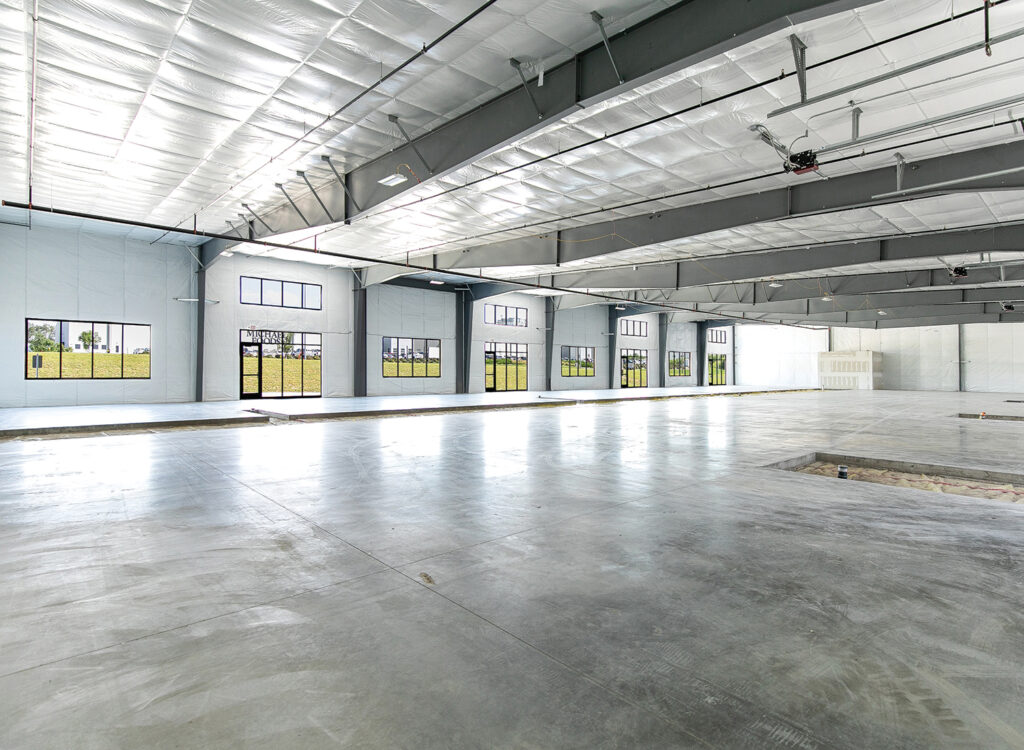
It is among the new developments to come to the fast-growing city of nearly 15,000 people, a 43% increase over the past 10 years. The city has also seen tremendous growth in its commercial property valuation, increasing 900% in five years, but more is needed, she said.
Other developments underway in Norwalk that Zajiceck said can help the city achieve its goals include.
Annexation of 2,900 acres southwest of the city. Zajicek said it would connect Iowa Highway 28 out to Interstate 35. It helps protect the city’s boundaries. The city has also been investing in a 72-inch sewer main that will serve more than 30,000 acres. “We’re thinking long term that we have land available for tech, data, light industrial and commercial development from Highway 28 to Interstate 35. It’s a big game changer for the whole southwest side of the metro,” she said.
Norwalk Central, a 140-acre development, is designed to be a central location for shopping, dining, sports and entertainment. It’s been under development for a couple of years and so far a Fairfield by Marriott hotel has opened as well as a public recreation facility with parks and trails. Other tenants include the Sportsplex Norwalk, which is scheduled to open in the next couple of months, the Gregg Young Sports Campus, and various restaurants, recreation and retail. A Hilton Hotel is also under construction in Norwalk Central.
The North Shore development on the city’s north side west of Highway 28 is several hundred acres of undeveloped land. A planned unit development is already in place that includes commercial sites along the highway and varying levels of residential development going west. “It’s a cool opportunity,” Zajicek said. “It’s ready to go. It’s available.”

Michael Crumb
Michael Crumb is a senior staff writer at Business Record. He covers real estate and development and transportation.

